Grand Tour: Russian version. Rome
Pavel and Anastasia Khoroshilov’s collection
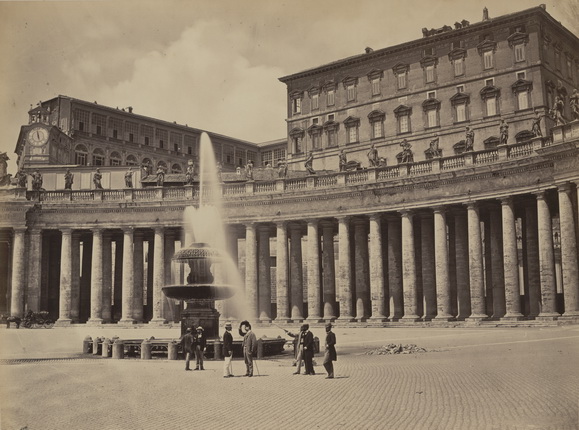
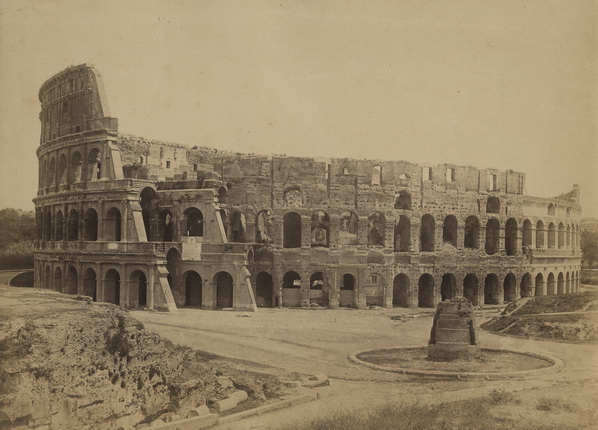
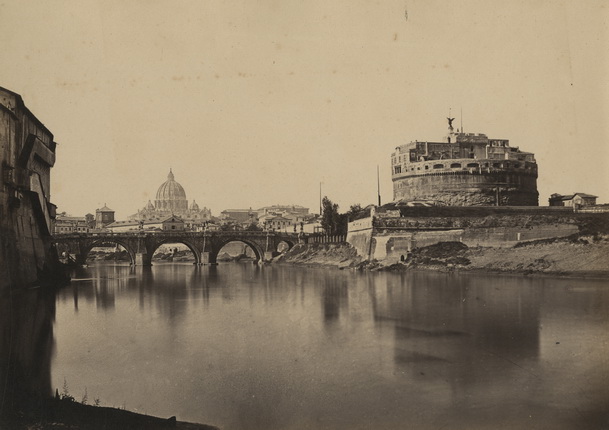
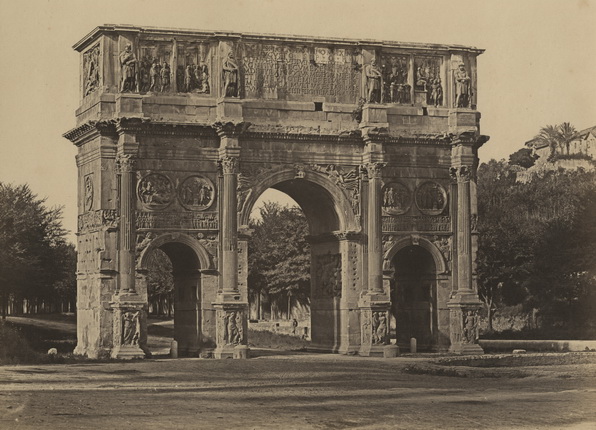
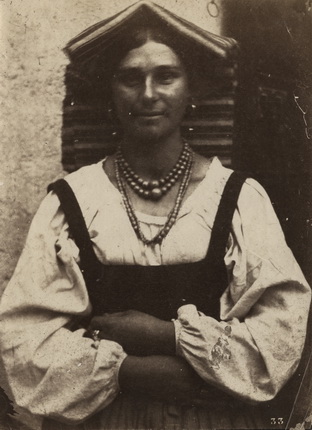
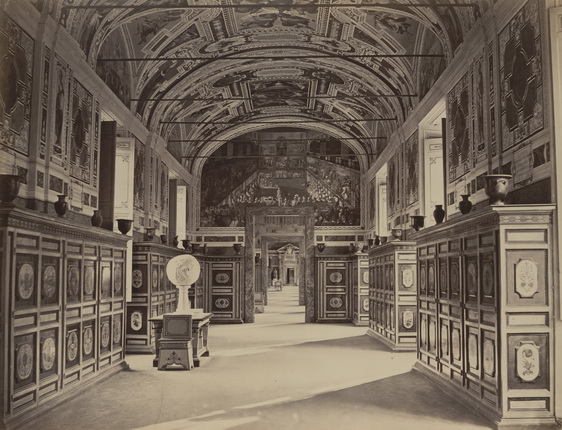


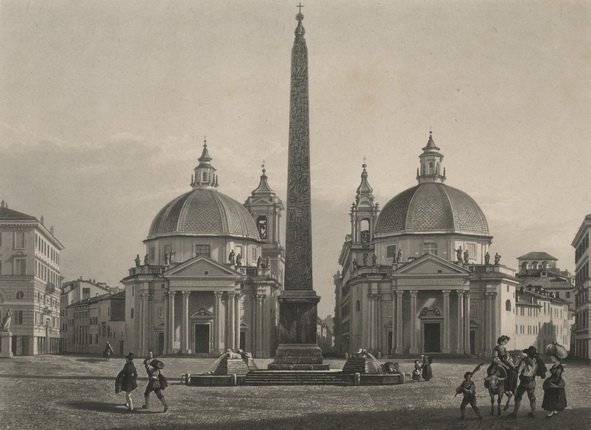
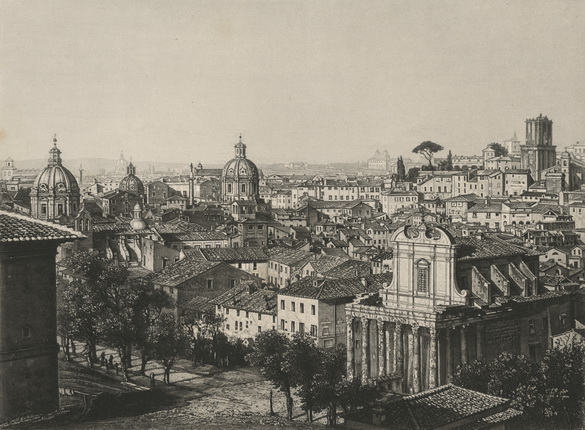
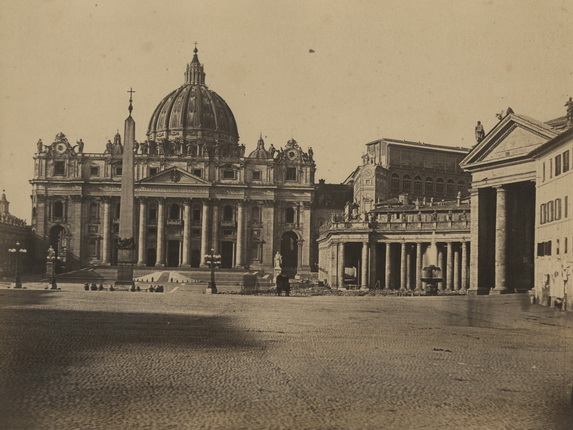
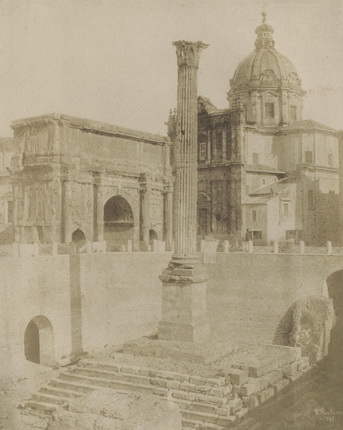
Altobelli & Molins. Vatican. Fountain in Piazza San Pietro. 1860-1865. Albumen print
Tommaso Cuccioni. Colosseum. 1858. Albumen print
Tommaso Cuccioni. The view of the Castel Sant'Angelo and the Ponte Sant'Angelo. 1860s. Albumen print
Tommaso Cuccioni. Arch of Constantine. 1860s. Albumen print
Giacomo Caneva. Portrait of a young lady in traditional dress. 1850s. Albumen print
Altobelli & Molins. Vatican. The interior of Vatican Apostolic Library. 1860s. Albumen print
Tommaso Cuccioni. The view of the Foro Romano with the Temple of Saturn. 1855. Albumen print
Giacomo Caneva. Portrait of a couple in traditional dress. 1850s. Albumen print
Noël Marie Paymal Lerebours. Martens sculps. Piazza del Popol. 1840-1842
Noël Marie Paymal Lerebours. A.Appert sculps. Campo Vaccino. 1840-1842
Tommaso Cuccioni. Vatican. Piazza San Pietro. 1858. Albumen print
Frédéric Flachéron. Foro Romano. 1849. Salted print
Moscow, 9.12.2015—3.02.2016
exhibition is over
Share with friends
Curator: Anastasia Korotkova
For the press
Many Russian writers, poets, artists, historians and politicians have felt drawn to Rome, regarding the ‘Eternal City’ as their second home. A considerable number of travel journals, letters and reminiscences of visits to Rome have been preserved. As Nikolai Gogol wrote, ‘You fall in love with Rome very slowly, gradually, and then for life’ (1838).
In the first half of the 19th century Rome became the cultural and artistic capital of Europe, and it is no surprise that in the late 1840s the city ranked as the most important centre for photography. Landscapes and architectural monuments were immediately included in the visual field of photographic topography. With good reason the first daguerreotype series by Noël Marie Paymal Lerebours, taken in 1839 and published from 1841 to 1842, was partly dedicated to the architecture of Rome.
Interest in inventions, history and antiquity, and a desire to learn about other peoples and lands is characteristic of the mid-19th century. A general fashion for the extraordinary and enthusiasm for tourism led to the appearance of magazines with recourse to photography. From the 1850s we observe an increase across Italy in the number of local photographic studios whose proprietors expected to profit primarily from tourism. By the 1860s every Italian region had acquired its own ‘permanent’ photographers. Altobelli & Molins, Tommaso Cuccioni and Guiseppe Ninci worked in Rome and became famous for their shots of ruins and architectural monuments. Visiting and foreign photographers competed with these local masters: the Britons James Anderson and Roberto Rive, Scotsman Robert Macpherson and Frenchman Frédéric Flachéron were acclaimed for their images of the chief sights and city outskirts.
Apart from architectural scenes, the portrayal of regional types became a popular subject in the second half of the 19th century, the specialists here being Giacomo Caneva, Filippo Belli and Ignazio Cugnoni.
All photographs in the exhibition were sourced from the luggage of Russian travellers, brought back after their Grand Tour of Italy in the mid-19th century. The term Grand Tour is used to designate the obligatory educational trips to European capitals undertaken since the Renaissance period.
In the mid-19th century series of photographic views played almost the same role as picture postcards today. Any traveller could obtain a ‘souvenir’ picture, and the images were then kept in family albums or graced the walls of drawing rooms, reminding the owners of their voyage. The ‘Grand Tour: Russian Version. Rome’ exhibition presented by МАММ is devoted to precisely this type of photography, including series of views and architectural photographs of Rome, as well as studies of national types.
The series of photographs showcased here resemble a detailed guidebook compiled by celebrated photographers, among others. Thanks to these images we may stroll through the Russian Rome and see how the 19th-century city looked when it stole the hearts of our illustrious fellow countrymen.



